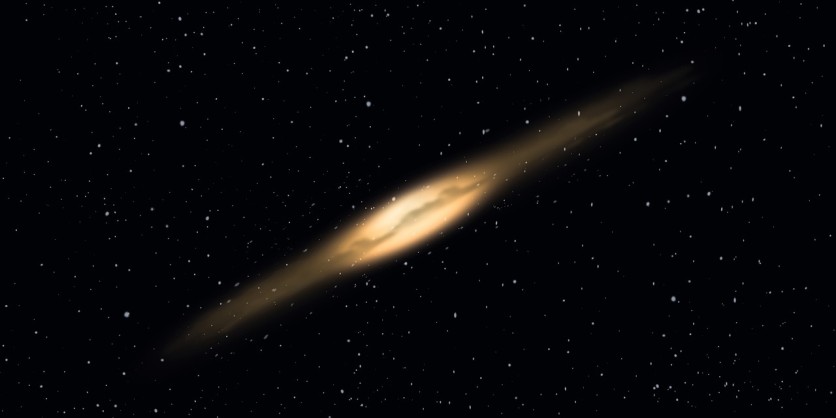
A powerful energy flare sprang out of the center of the Milky Way about 3.5 million years ago, findings of a new research suggest.
Seyfert Flare
The phenomenon known as Seyfert flare released a cone-shaped burst of radiation so powerful the impact emanated to 200,000 light-years away.
Study researcher Joss Bland-Hawthorn, from ARC Centre of Excellence for All Sky Astrophysics in 3 Dimensions (ASTRO 3-D) in Australia, and colleagues, described the event in a study to be published in The Astrophysical Journal.
The Seyfert flare created two gigantic ionization cones that sliced through the galaxy initially with a small cut close to Sagittarius A, the supermassive black hole at the center of the Milky Way and then expanding vastly as they exited the galaxy.
The flare was so powerful it impacted the Magellanic Stream, which lies about 200,000 light-years away.
Researchers think that explosion was too huge it was likely triggered by the nuclear activity associated with the Sagittarius A, which is about 4.2 million times as massive as the sun.
Relatively Recent Event
The researchers used data gathered by the Hubble Space Telescope to calculate when the massive explosion took place. They found evidence suggesting it happened a little more than 3 million years ago, which is a relatively recent event in Galactic terms.
This was about 63 million years after the asteroid that triggered the extinction of the dinosaurs struck Earth. The now extinct human relative Australopithecines were also already thriving in Africa.
Researchers said the discovery of this explosion changes the perception that the Milky Way is an inactive galaxy.
"These new results instead open the possibility of a complete reinterpretation of its evolution and nature," said study researcher Magda Guglielmo from the University of Sydney.
"The flare event that occurred three million years ago was so powerful that it had consequences on the surrounding of our Galaxy. We are the witness to the awakening of the sleeping beauty."
ⓒ 2026 TECHTIMES.com All rights reserved. Do not reproduce without permission.




